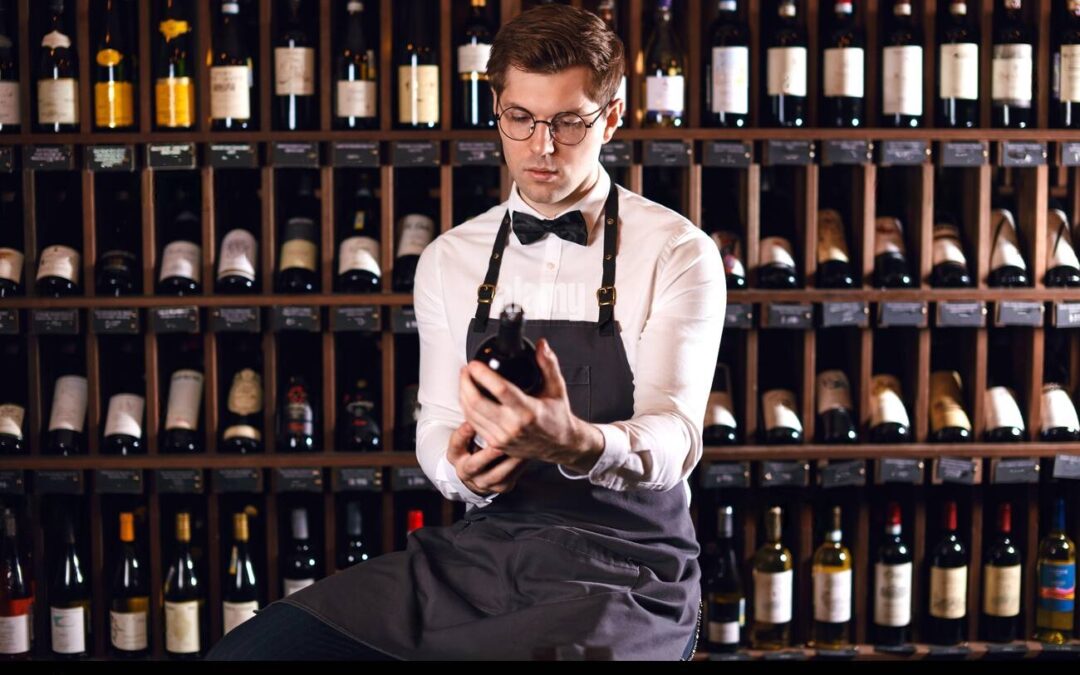For true oenophiles, a cellar of carefully selected red wines represents more than a hobby—it’s a living asset that matures in both complexity and value. Unlike traditional investments, premium red wine storage offer a rare duality: they can be enjoyed sensually while appreciating financially. But this alchemy only works when storage conditions are impeccable. Whether you’re building a legacy collection or simply want to elevate your personal reserves, understanding wine’s investment potential transforms bottles into a portfolio.
Why Aged Reds Outperform Traditional Assets
1. Liquid Appreciation: How Time Enhances Value
The finest reds from legendary terroirs—think Bordeaux First Growths, Grand Cru Burgundies, or cult Napa Cabernets—follow a compelling trajectory. As these wines evolve in the bottle, their scarcity increases while critics’ scores often rise. A 1982 Château Margaux purchased for 200 upon release now trades for over 200 upon release now trades for over 1,500 per bottle—a 650% return for those who stored it properly.
2. The Irreplaceable Bottle Phenomenon
Unlike stocks (which can split) or real estate (which can be rebuilt), every great vintage is irreproducible. When a 100-point Parker-scored year like 2005 Brunello di Montalcino sells out, collectors engage in fierce bidding wars. This finite supply turns well-cellared wines into blue-chip commodities.
3. Economic Shock Absorption
Fine wine’s low correlation to stock markets makes it a strategic hedge. During the 2008 financial crisis, the Liv-ex Fine Wine 100 index declined just 15% versus the S&P 500’s 38% drop. As inflation rises, tangible assets like wine often retain purchasing power better than cash.
4. The Hedonistic Dividend
Imagine a red wine storage investment that pays dividends in laughter shared over a 1990 Barolo at your daughter’s wedding. Wine’s unique capacity to deliver joy while gaining value makes it the only asset class where “cashing in” might mean popping the cork on a transcendent experience.
The Science of Perfect Preservation
Treat your collection like the liquid treasury it is. Just one day at 80°F can permanently flatten a wine’s aromatics, while incorrect humidity causes a $500 Amarone to taste like wet cardboard.
The Non-Negotiable Quintet of Storage:
Thermal Perfection → 55°F (±2°F) prevents molecular stress
Hydration Equilibrium → 65% humidity keeps corks supple without mold
Light Lockout → UV-filtered glass or total darkness preserves delicate tannins
Silent Sanctuary → Vibrations from appliances disrupt sedimentation
Angled Optimization → Horizontal for natural corks; vertical for synthetic seals
Storage Solutions for Every Strategy
| Method | Best For | Investment-Grade? |
|---|---|---|
| Passive Underground Cellar | Multi-generational aging | ★★★★★ |
| Dual-Zone Wine Fridge | Urban collectors | ★★★☆☆ |
| Bonded Storage Facility | High-value insurance protection | ★★★★★ |
| Display Racks (Ceiling/Wall) | Rotating “drink now” selections | ★★☆☆☆ |
Navigating the Risks
While top-tier wines have outperformed the S&P 500 over 15 years*, pitfalls exist:
Fraud: 20% of rare wines may be counterfeit (invest in provenance tracking)
Liquidity: Selling a 1989 Petrus takes longer than offloading Tesla stock
Carrying Costs: Premium storage runs $100+/case/year
*Knight Frank Luxury Investment Index 2023
Your Next Move
Start with “banker wines”—the Lafites and Screaming Eagles that trade like currency. Use apps like Vinovest or Cult Wines for fractional ownership if diving into $10,000+ bottles feels daunting. Most importantly: build relationships with reputable merchants, because allocation lists determine access to the most appreciable wines.
As Robert Parker once said, “The greatest wines are those you have to wait for.” With disciplined storage and strategic acquisition, your patience will be rewarded in both portfolio statements and unforgettable moments around the table.
Here’s to vintages that appreciate in your glass and your net worth. 🍷

